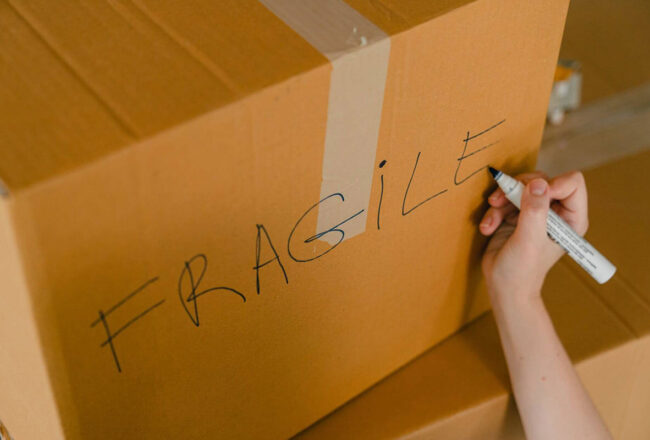If you are thinking about relocating across the country, there are plenty of long distance moving tips that can help you make the transition much more easily. These moves will require a lot from you, so it’s best to start preparing immediately. Creating a list of all the things to do and contacting a few different movers to assist you is the perfect way to begin the relocation.
Did you know that about 3 million Americans move out of state each year? Whatever your reasons to move may be, moving to a new state across the county requires a good master plan. Even if you are relocating for the first time, our list includes everything you should know, from packing to car shipping.
How Do I Make the Long-Distance Move Easier? Start by Making a Checklist
The sheer amount of things to do when relocating to another state can get pretty overwhelming for many people. Especially if you are making a moving out for the first time list. While these relocations are not simple, especially for people moving out for the first time, having a plan will make the whole process significantly easier. Creating a checklist for moving to another state enables you to keep track of all the tasks, making sure you don’t forget a single thing. The list should contain everything that needs to be done from the day you decided to relocate till the day you move into your new home.

Get a Free Estimate From Several Companies and Hire Some Movers
Hiring movers is a necessity when moving interstate. These companies provide several moving services that are essential and make the whole process a lot less daunting. However, with so many long-distance movers on the market, finding the right relocation company will require some work. The best thing to do would be to get a free quote from a few different professionals before deciding who to hire. You should get in-home estimates, as this is the only way to accurately predict how much the move will cost you.
Make Sure That You’re Hiring Reputable Movers
If the overall cost of interstate moving becomes too much for your budget, you can always opt to hire a more affordable company. Still, you have to remember that a less expensive mover can mean many different things. A company with very cheap services may be new to the market or even be a scam in the making. Remember, it’s always better to hire a reputable mover that’s a bit more expensive than risk getting into a very uncomfortable situation. Even if a company has been working for several years, always ask for some references or check if they’re a registered service provider at American Moving & Storage Association (AMSA).
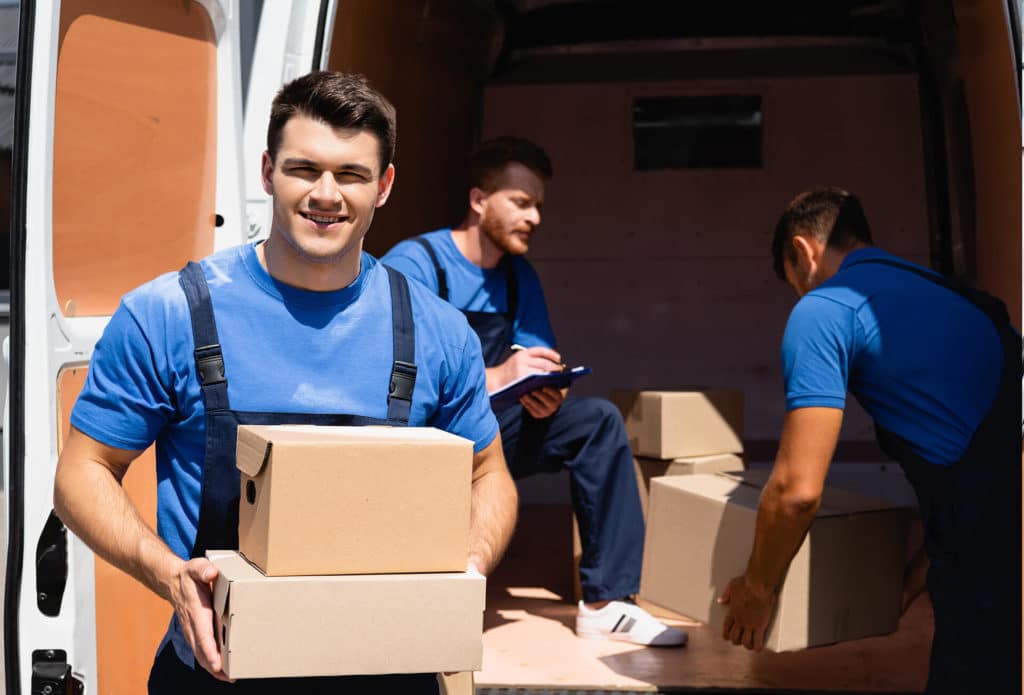
Decluttering Saves You From Having to Move Too Many Boxes Across the Country
Decluttering is probably one of the best tips for a long-distance move. Getting rid of stuff you don’t need will not only reduce the time it takes you to pack everything but also save you some money on supplies or even earn a few bucks. When not sure what to get rid of when moving, start by going through your inventory. If the list is filled with numerous objects you haven’t used in a while, there are several ways you can deal with them:
- Sell – Are the items mostly new and undamaged? Try selling them online through websites such as eBay or Craigslist, or learn how to have a successful garage sale.
- Give as a gift – Some of your friends or family members could perhaps have a better use for a particular item you don’t require.
- Donate – Donating is an excellent way to reduce your inventory. Charity organizations such as Goodwill accept everything from food to clothes.
- Throw out – If the object is damaged or worn out, it might be better to simply throw it out than to carry it over to your new home.
Consider Putting Some of the Items You Don’t Need In Storage
If you still have a lot of stuff that needs to be packed for the move or don’t want to give away anything, you can always rent a storage unit. Most state to state movers have warehouse facilities that you can use. Some companies even offer a 30-day complimentary period on their storage services if you choose to move with them.
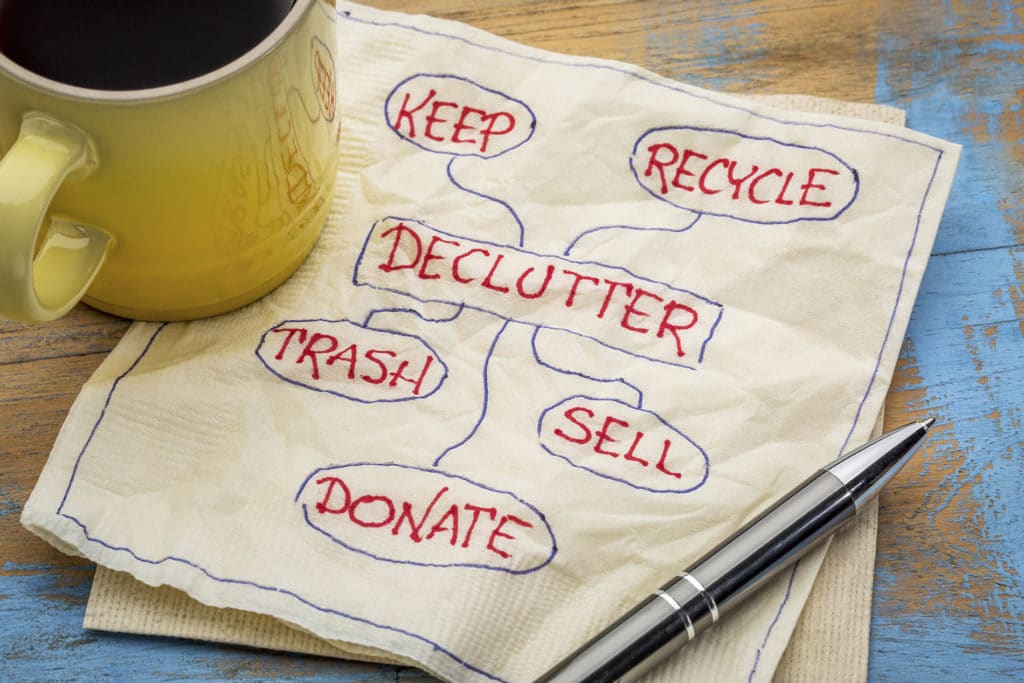
Protect Your Belongings by Getting All the Necessary Supplies
You’ll have to acquire several different types of materials to protect all your belongings. Some of the most important ones include:
- Boxes – This one is a no brainer, and you should get as many as you can. When possible, try to use the item’s original packaging.
- Paper – As one of the most common packing materials for moving, it can be used for various objects you have in your home. For example, you can quickly learn how to pack dishes for moving by only using paper.
- Bubble wrap – This is one of the best materials, as it can be used to pack china, figurines and large decorative objects. Pair it with packing peanuts, and even your most delicate belongings will stay intact.
- Blankets – Furniture and other larger objects can easily be secured with some blankets.
- Plastic wrap – Great for protecting furniture from moisture and pests, as well as securing some of its smaller components like drawers.
- Styrofoam – Many people have no clue how to pack a TV for moving. If you haven’t kept the original packaging, you can easily protect it by surrounding it with styrofoam.
- Tape – You’ll need plenty of it to secure everything you wrap as well as all the containers.
- Labeling kit – Get a sharpie and a few stacks of colored post-it notes.

Efficient Packing Makes the Whole Process a Lot Easier
Securing all the items is one of the most time-consuming tasks you’ll have to do. If you are not sure how to organize the packing to move, start boxing up one room at a time. Unlike doing a single category at once, there won’t be a lot of going back and forth between several rooms, making this a significantly more efficient way to pack. Other tasks like labeling, unloading, and unpacking will also become much easier to do, and you won’t have to worry about accidentally leaving something behind.
Fragile Items Require Extra Protection
Learning how to pack fragile items is crucial, especially when moving from state to state. Since your belongings are going to be transported over a much larger distance, you’ll have to do everything you can to secure them from any potential damage. Valuables and delicate pieces need to be wrapped in bubble wrap and placed into containers padded with crumpled paper, packing peanuts, or some cloth. The video below displays how a well-packed box will secure a fragile item even from a direct hit.
How Long Before Moving Should You Start Packing?
Starting relocation day preparations on time is crucial. While there is no clear answer to this question, doing everything at the last minute will cause you a lot of stress, and you likely won’t be able to secure your belongings properly. It’s best to start at least a month before you move out, as this should give you more than enough time to declutter and wrap up everything correctly. Paintings and other decorations are among the first objects you should box up, as you won’t need them in the upcoming weeks. You can ask a friend or two to help you out, as this will make the process a lot less time-consuming and perhaps even a little fun. Getting a packing service is also a viable option, especially if you can’t find the time to DIY.
Pack Some Essentials for the First Few Weeks
Since most of your belongings won’t arrive for at least a few weeks, you’ll have to set aside a few moving essentials. These include bedding, towels, a few changes of clothes, medicine, toiletries, and anything you may require before the rest of your stuff is delivered. Furthermore, don’t forget to bring your phone charger. It’s one of the most commonly forgotten things to pack, and you don’t want to end up with a dead battery in a place you’ve just moved into.

Proper Labeling Is One of the Crucial Long Distance Moving Tips
Labeling significantly reduces unpacking time, so if you don’t correctly label each box or you skip it altogether, you’ll end up having to open every single container just to find a particular item. There are several ways to label containers, ranging from using a sharpie to making a custom system. Colored sticky notes are a straightforward yet effective way to label all your containers.
If you’ve packed everything by room, you should mark that on the box, as well as its general content. You can also do a complete inventory by labeling each container with a number corresponding to a list with all the items in it. This will enable you to spot if any of your boxes are missing easily.
You’ll Never Lose Any Belongings if You Put Your Name and Address on Each Box
A professional mover usually transports belongings from several different customers at the same time. Although it’s highly unlikely, sometimes the boxes get misplaced during the transport. While the insurance policy should cover your losses, you can avoid losing the belongings altogether if you mark each container with your name and phone number.
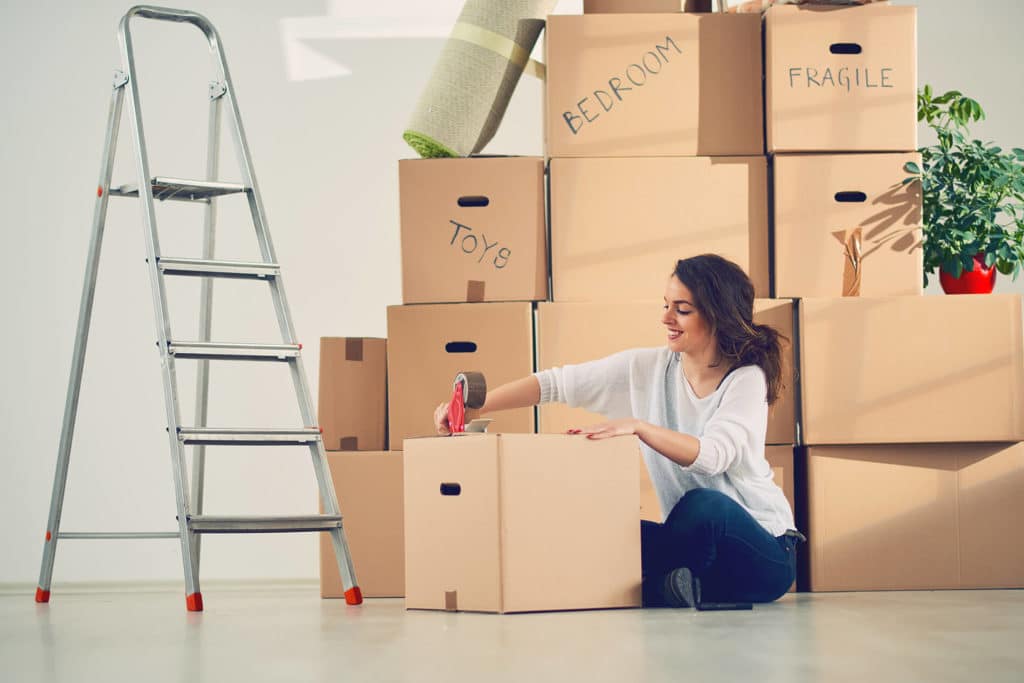
Prepare Your Car for Shipping
If you own a vehicle, you’re likely not going to move it yourself by driving across the country. Fortunately, many professional companies offer auto transport services. There are still, however, several things you can do to prepare it for the journey:
- Do a maintenance check – This is probably the most important car shipping tip, as a thorough inspection can discover anything that might be off with your vehicle.
- Empty the tank – While it may be counterintuitive, it makes the car easier to transport.
- Clean the car – Don’t forget to wash your four-wheeler before you contact a mover to transport it.
- Get an extra copy of the keys – Making an extra copy of your keys is always necessary as you should not leave your only set to the truck driver.
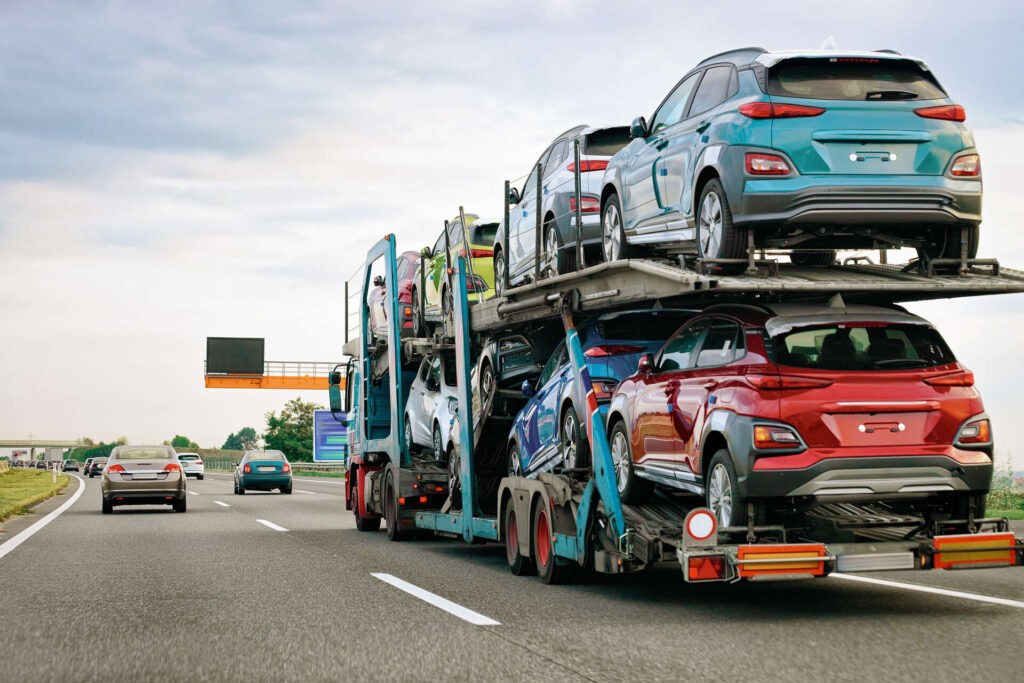
Cut Your Relocation Expenses With These Next Few Tips
While hiring professionals is the safest option, what is the cheapest way to move long distance? Fortunately, there are several ways you can save a few bucks throughout the process:
- Contact professionals ASAP – You will not have many options if you’re last-minute moving, as most relocations are planned well in advance. Reach out to a few companies at least a month in advance.
- Pick a better date – There is a significant difference between relocating in the summer as opposed to relocating in winter. Summer is a busy relocation season, so aim to move from October to April. It would be best if you also avoided weekends and the beginning and end of each month.
- Have your employer pay the expenses – If you’re moving for a job, the company that’s employing you might be willing to cover your relocation costs.
- Ask friends and family for help – Having a few extra hands makes the whole process a lot simpler.
Save a Bit of Money by Getting Some Supplies for Free
Acquiring necessary equipment and materials is a part of every relocation. While straight out buying the supplies is always an option, you can find several things you need without having to pay a single penny. Friends and family are an excellent place to start looking, especially if any of them moved recently. If you don’t know where to get free moving boxes and other materials, check out Freecycle, a non-profit movement dedicated to sharing stuff for free.
The website has registered users in almost all the places in the US, so you’re sure to find something useful. Local stores may also have something you could use, as most retailers recycle their packaging. You’ll surely find some boxes and paper, sometimes even bubble wrap. Just remember to ask the managers politely.

These Tips Will Enable You to Have a Simple Stress-Free Move
That’s all the long-distance move tips for a stress-free move we have for you. Remember that relocating from one state to another will require some careful planning. Learning how to move efficiently will enable you to maximize your budget while still getting everything you need to have a simple, straightforward relocation. Start by finding a reputable professional mover to assist, and you won’t have to worry about anything.




